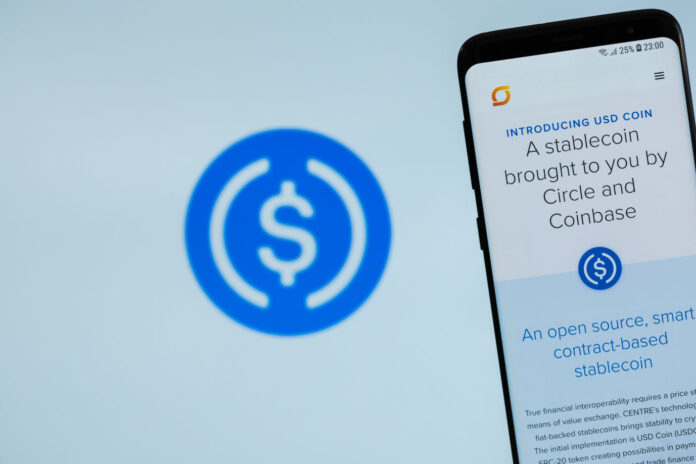As stablecoinshave been consolidating as an economic alternative, transparent and agile to simplify payments and mitigate volatility risks in various sectors. The recent study by Bitso Business, “Stablecoin Ecosystem in Latin America: A Guide for Global Business Leaders”, developed by PCMI, highlights how stablecoins are becoming preferred methods for global value transfers. By eliminating intermediaries, reduce costs and accelerate transactions
The use ofstablecoinsadvanced significantly, reaching a market capitalization of US$ 168 billion in October 2024 and moving trillions of dollars annually. The total offer exceeded US$ 150 billion in 2024, and the outlook for 2025 indicates that these currencies will continue to enhance functions traditionally attributed to money, such payments in strategic sectors
- International shipments:The World Bank estimates that the flow of remittances reached $685 billion in 2024, with Latin America representing a significant share of this amount. However, high costs and delays due to multiple intermediaries are still challenges for financial companies and users. As stablecoinsthey eliminate these barriers, making international transactions more economical and efficient
- Games and digital entertainment:the gaming industry continues to expand rapidly, with a projection to reach US$ 321 billion by 2026, according to PwC's report¹. As stablecoinsthey can drive this growth by solving payment fragmentation issues and incompatibility between games, platforms and suppliers, ensuring fast and transparent transactions integrated into global ecosystems
- Import and export:sectors dependent on global supplier networks face challenges such as fragmented regulations and complexity in payments. As stablecoinsemerge as an efficient solution, oferecendo disponibilidade 24/7, instant and secure transactions, in addition to reducing fraud and increasing the efficiency of supply chains
- Companies expanding into Latin America:the Latin American cross-border B2B market, valued at US$ 600 billion, can reach US$ 1,37 trillion by 2030. However, companies entering the region need to deal with challenges such as exchange rate volatility, restricted access to banking systems, lack of liquidity and complex regulations. To help in this process, they are using stablecoin-based solutions on platforms like Bitso Business to access the Latin American market in a regulated manner and with connection to local payment systems
- Global Payroll:the globalization of the labor market, intensified by the pandemic, expanded opportunities for professionals to work remotely. However, paying these collaborators without a local financial institution or connection to payment systems is a challenge. As stablecoinsthey facilitate this process by offering lower rates, more security and financial inclusion, eliminating geographical barriers
Different sectors are realizing the potential ofstablecoinsto make international payments faster, safe and economical. The adoption of these currencies offers competitive advantages, especially in markets that require high efficiency and transparency
¹ https://www.pwc.com/gx/en/issues/business-model-reinvention/outlook/insights-and-perspectives.html


